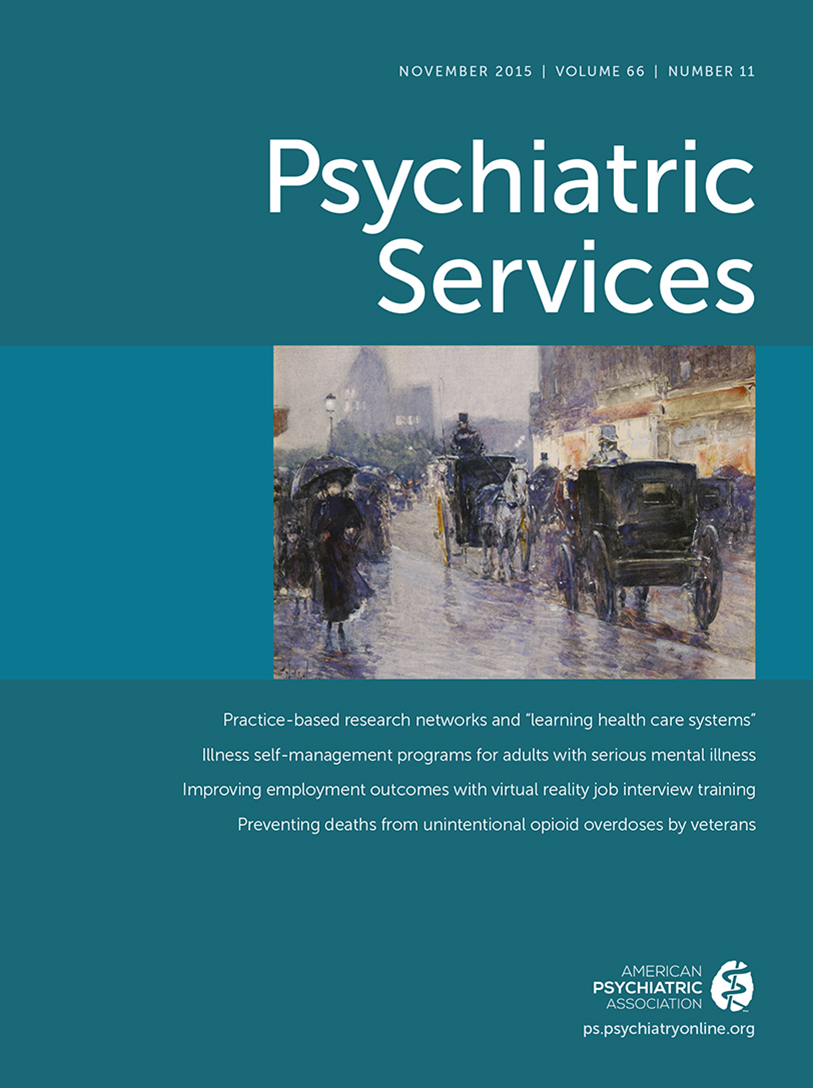Medicaid, Private Insurance, and the Availability of Smoking Cessation Interventions in Substance Use Disorder Treatment
Abstract
Objective:
Integration of smoking cessation services in substance use disorder treatment would benefit many patients. Although prior studies have identified organizational characteristics associated with delivery of these services, less is known regarding associations between financial factors and the availability of smoking cessation services. This study examined whether reliance on Medicaid and private insurance revenues is associated with the availability of a formal counseling-based smoking cessation program and medications (sustained-release bupropion, varenicline, and nicotine replacement) within U.S. specialty treatment organizations.
Methods:
Administrators of a national sample of 372 treatment organizations participated in face-to-face structured interviews from October 2011 to December 2013. Participants provided data regarding smoking cessation services, revenue sources, and other organizational characteristics. Multiple imputation was used to address missing data, and models were estimated by using logistic regression with adjustment for clustering of organizations within states.
Results:
Greater reliance on Medicaid revenues was positively associated with the odds of offering counseling-based smoking cessation programs, sustained-release bupropion, varenicline, and nicotine replacement. For example, a 10-percentage point increase in Medicaid revenues was associated with a 12% increase in the odds of offering a smoking cessation program. Reliance on private insurance revenues was positively associated with the odds of offering the three medications.
Conclusions:
The findings point to future potential increases in the availability of smoking cessation services in the context of expanding insurance coverage under health care reform. Longitudinal research will be needed to examine whether this impact is realized.



